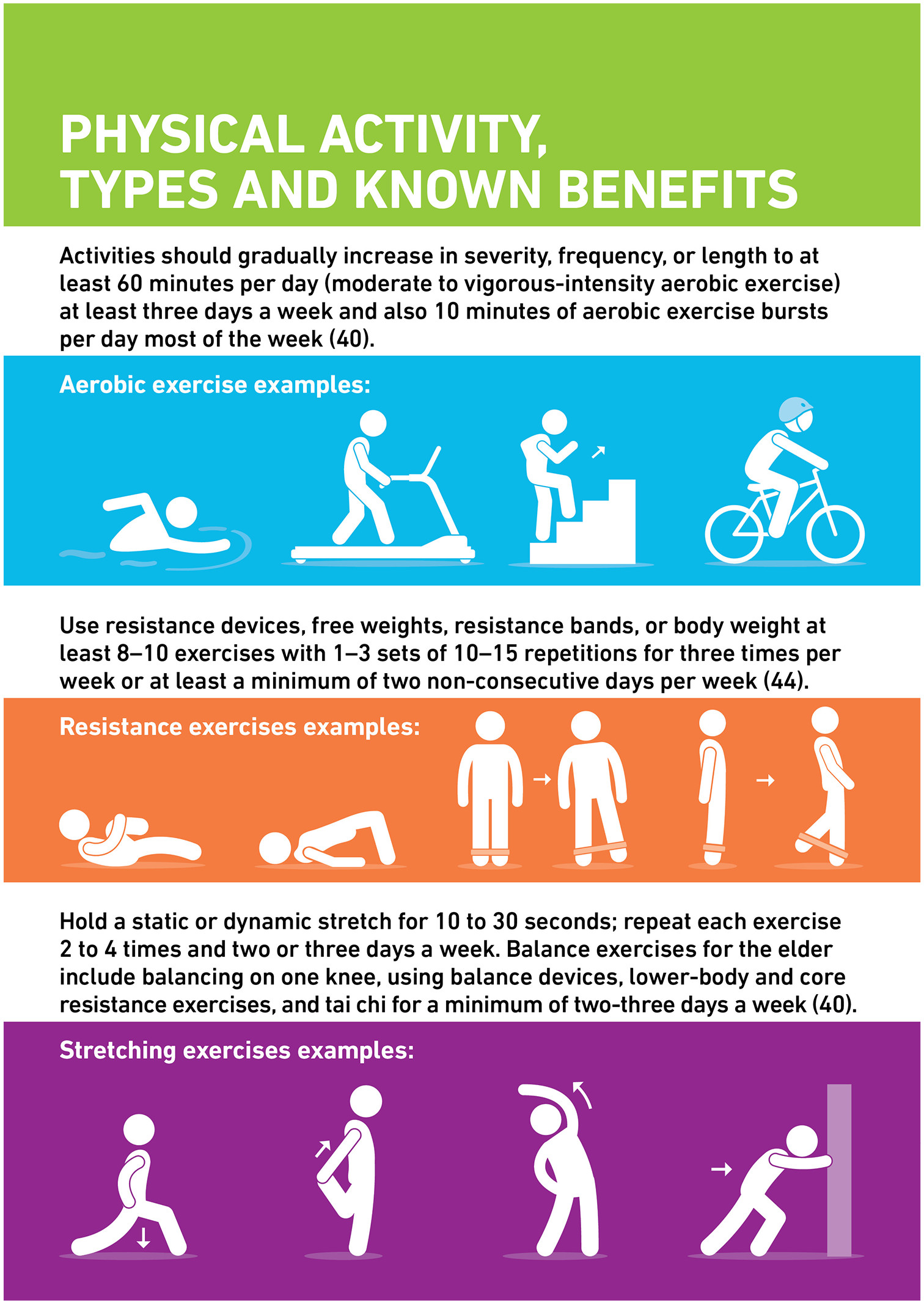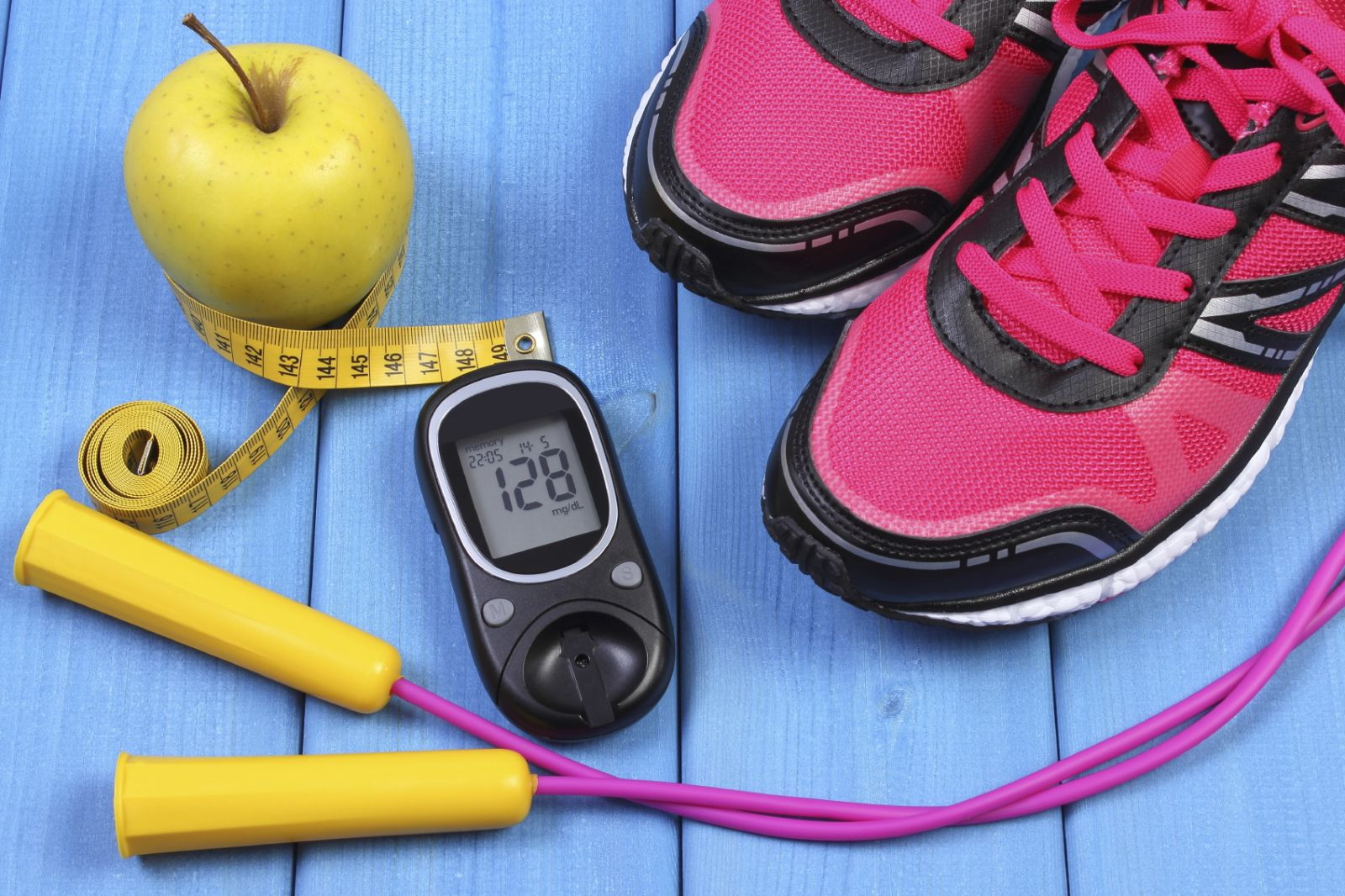Type 2 Diabetes and Exercise: The Best Workouts for Blood Sugar Control and Weight Management
By Type 2 Advice
If you have type 2 diabetes, you may wonder if exercise is good for you. The answer is a resounding yes! Exercise can help you manage your blood sugar levels, weight, and overall health. It can also lower your risk of heart disease, stroke, and other complications of diabetes. In this article, we will explain why exercise is important for people with type 2 diabetes, what types of exercise are best, and how to get started safely and effectively.
Why exercise is important for type 2 diabetes
Exercise helps counter the effects of type 2 diabetes in several ways. It increases insulin sensitivity, which means your cells can use the insulin your body produces more efficiently. This helps lower your blood sugar levels and reduces the need for medication. Exercise also helps your muscles use glucose for energy, even without insulin. This can lower your blood sugar levels during and after exercise .
Exercise can also help you lose weight or maintain a healthy weight. Being overweight or obese can make it harder for your body to use insulin and increase your risk of developing type 2 diabetes or having complications. Exercise can help you burn calories, reduce body fat, and improve your metabolism. Losing even a small amount of weight can have a big impact on your blood sugar control and health .
Exercise can also improve your cardiovascular health, which is especially important for people with type 2 diabetes. Diabetes can damage your blood vessels and increase your risk of high blood pressure, high cholesterol, heart attack, and stroke. Exercise can help lower your blood pressure and cholesterol levels, strengthen your heart and blood vessels, and improve blood flow and oxygen delivery to your organs and tissues. Exercise can also prevent or delay the development of other conditions that can affect your heart health, such as obesity, metabolic syndrome, and prediabetes .
Exercise can also benefit your mental health and well-being. Living with type 2 diabetes can be stressful and challenging. Exercise can help you cope with stress, improve your mood, boost your self-esteem, and enhance your quality of life. Exercise can also help you sleep better, which can improve your blood sugar control and overall health.

Figure 1: Exercise has many benefits
What types of exercise are best for type 2 diabetes
There are many types of exercise that you can do to manage your type 2 diabetes. The best ones are those that you enjoy and can do regularly. However, some general guidelines can help you choose the most effective workouts for your goals and needs.
According to the American Diabetes Association (ADA), people with type 2 diabetes should aim for at least 150 minutes of moderate to vigorous aerobic exercise per week (2). Aerobic exercise is any activity that makes your heart beat faster and makes you breathe harder. Examples include:
- Walking
- Jogging
- Cycling
- Swimming
- Dancing
- Aerobics classes
Aerobic exercise can help lower your blood sugar levels during and after exercise, improve your insulin sensitivity, burn calories, and strengthen your heart and lungs.
The ADA also recommends that people with type 2 diabetes do some resistance training at least twice a week (2). Resistance training is any activity that makes your muscles work against some form of resistance, such as weights, bands, machines, or your own body weight. Examples include:
- Lifting weights
- Doing push-ups
- Doing squats
- Doing lunges
- Doing planks
- Doing yoga
Resistance training can help lower your blood sugar levels after exercise, increase your muscle mass and strength, improve your metabolism, and protect your bones and joints.
In addition to aerobic exercise and resistance training, you may also want to include some flexibility exercises in your routine. Flexibility exercises are any activities that stretch your muscles and improve your range of motion. Examples include:
- Stretching
- Tai chi
- Pilates
Flexibility exercises can help prevent injuries, reduce stiffness, and improve your posture and balance.
How to get started with exercise for type 2 diabetes
Before starting any exercise program, it is important to check with your doctor first. Your doctor can assess your current health status, recommend the best types
of exercise for you, and advise you on how to monitor your blood sugar levels before, during, and after exercise.
Your doctor may also need to adjust your medication dosage or timing, especially if you are taking insulin or other medications that can cause low blood sugar (hypoglycemia). Your doctor can help you prevent or treat hypoglycemia by adjusting your medication dose or timing, or by recommending snacks or glucose tablets to take before, during, or after exercise.
Monitoring your blood sugar levels before, during, and after exercise can help you understand how your body responds to different types of exercise and prevent potentially dangerous fluctuations. Here are some general steps to follow when checking your blood sugar levels.
- Use a lancet to prick your finger. Squeezing from the base of the finger, gently place a small amount of blood onto the test strip. Place the strip in the meter.
- Wait for the meter to display your blood sugar level. Record the result in a logbook or an app on your phone. You can also use a continuous glucose monitor (CGM) or a flash glucose monitor (FGM) to check your blood sugar levels without pricking your finger.
- Check your blood sugar levels before exercise to see if you need to eat a snack or adjust your medication. The ideal range is between 100 and 250 mg/dL (5.6 and 13.9 mmol/L) (2).
- Check your blood sugar levels during exercise if you are doing a long or intense activity, or if you feel symptoms of low blood sugar, such as shakiness, sweating, hunger, dizziness, or confusion. If your blood sugar level is below 70 mg/dL (3.9 mmol/L), stop exercising and treat the low blood sugar with 15 grams of fast-acting carbohydrates, such as glucose tablets, juice, or candy. Wait 15 minutes and check again. Repeat until your blood sugar level is above 70 mg/dL (3.9 mmol/L) (2).
- Check your blood sugar levels after exercise to see if you need to eat a snack or adjust your medication. Exercise can lower your blood sugar levels for up to 24 hours after you finish, so it is important to monitor them closely and prevent hypoglycemia. If your blood sugar level is below 100 mg/dL (5.6 mmol/L), eat a snack with 15 to 30 grams of carbohydrates and some protein, such as crackers with cheese or peanut butter, or yogurt with fruit.

Figure 2: Healthy exercise tech
How to stay motivated and safe with exercise for type 2 diabetes
Starting and sticking with an exercise program can be challenging for anyone, but especially for people with type 2 diabetes who may face some barriers or difficulties along the way. Here are some tips to help you stay motivated and safe with exercise for type 2 diabetes:
- Set realistic and specific goals for yourself. For example,
instead of saying “I want to exercise more”, say “I want to walk for 30 minutes three times a week”. Write down your goals and track your progress.
- Choose activities that you enjoy and that fit your lifestyle. For example,
if you like dancing, join a dance class or watch online videos. If you have a busy schedule, find ways to squeeze in some physical activity throughout the day, such as taking the stairs, parking farther away, or doing some stretches at your desk.
- Find a workout buddy or join a support group. Having someone to exercise with can make it more fun and keep you accountable.
You can also join an online community or a local group of people with diabetes who share similar goals and challenges.
- Reward yourself for your achievements. Celebrate your milestones and successes with something that makes you happy,
such as buying new clothes, watching a movie, or getting a massage. Avoid using food as a reward, especially unhealthy foods that can raise your blood sugar levels.
- Listen to your body and be flexible. Some days you may feel more energetic and able to do more than others.
That’s okay. Don’t push yourself too hard or ignore signs of pain, fatigue, or discomfort. If you need to take a break or modify your activity, do so without feeling guilty or discouraged. Remember that any movement is better than none.
- Consult your doctor regularly and follow their advice. Your doctor can help you monitor your blood sugar levels,
medication needs,and overall health as you exercise. They can also help you prevent or treat any complications or injuries that may arise from exercise.
Conclusion
Exercise is one of the best things you can do to manage your type 2 diabetes and improve your health and well-being. Exercise can help you lower your blood sugar levels, increase your insulin sensitivity, lose weight, improve your cardiovascular health, and boost your mood. To get the most benefits from exercise, you should aim for at least 150 minutes of moderate to vigorous aerobic exercise and some resistance training per week. You should also monitor your blood sugar levels before, during, and after exercise to prevent or treat hypoglycemia or hyperglycemia. Before starting any exercise program, consult your doctor and follow their advice. Remember to choose activities that you enjoy and that fit your lifestyle, set realistic and specific goals for yourself, find a workout buddy or a support group, reward yourself for your achievements, listen to your body and be flexible. Exercise can be fun and rewarding if you do it safely and effectively.
References
- (1) Physical exercise for type 2 diabetes: Benefits and types. (2020). Retrieved from https://www.medicalnewstoday.com/articles/type-2-diabetes-physical-exercise
- (2) Diabetes and exercise: When to monitor your blood sugar. (2019). Retrieved from https://www.mayoclinic.org/diseases-conditions/diabetes/in-depth/diabetes-and-exercise/art-20045697
- (3) Monitoring Your Blood Sugar. (2020). Retrieved from https://www.cdc.gov/diabetes/managing/managing-blood-sugar/bloodglucosemonitoring.html